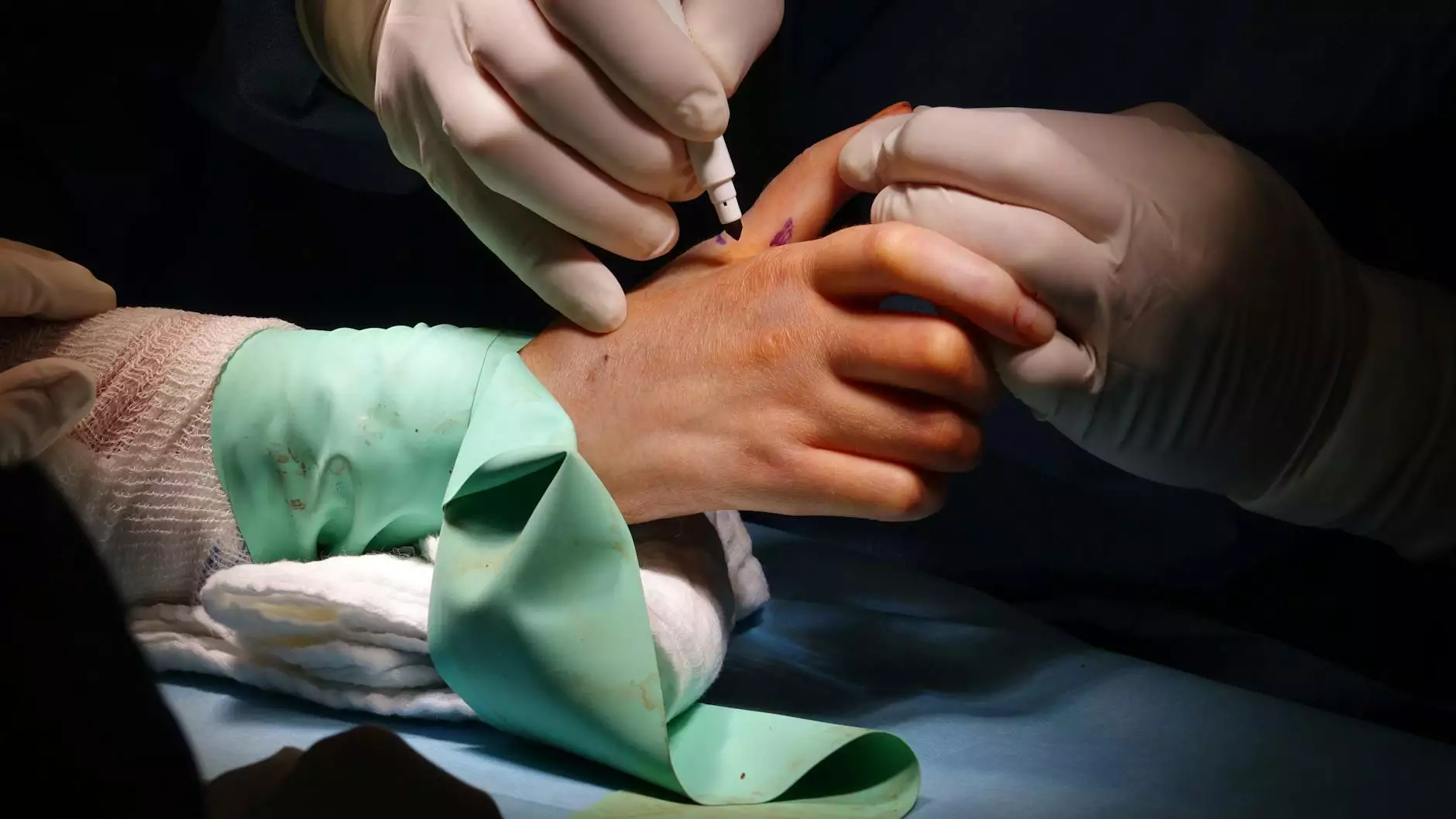Laparoscopic Salpingo-Oophorectomy Surgery: Understanding the Procedure

In today’s advanced medical landscape, laparoscopic salpingo-oophorectomy surgery stands out as a key procedure in gynecological health. This minimally invasive surgery, which involves the removal of one or both ovaries and fallopian tubes, can be pivotal in treating various conditions. This article will delve into the details of this surgery, its indications, benefits, risks, recovery, and what patients can expect.
What is Laparoscopic Salpingo-Oophorectomy?
Laparoscopic salpingo-oophorectomy is a surgical technique that utilizes small incisions and a camera (laparoscope) to guide the surgeon during the operation. Unlike traditional open surgery, this method significantly reduces recovery time and minimizes scarring.
The surgery is primarily performed to address conditions such as:
- Ovarian Cysts: Fluid-filled sacs on the ovaries that can cause pain and complications.
- Ectopic Pregnancy: A pregnancy that occurs outside the uterus, posing risks to the mother's health.
- Ovarian Cancer: Early intervention can be crucial in managing this disease.
- Endometriosis: A condition where tissue similar to the lining of the uterus grows outside it, often causing severe pain.
- Pelvic Inflammatory Disease (PID): An infection of the reproductive organs that may require surgical intervention.
Benefits of Laparoscopic Salpingo-Oophorectomy
The decision to undergo laparoscopic salpingo-oophorectomy comes with numerous benefits:
- Minimally Invasive: Smaller incisions lead to less pain and faster recovery times.
- Reduced Risk of Infection: Limited exposure of tissues reduces the likelihood of post-operative infections.
- Shorter Hospital Stay: Many patients can go home the same day or after an overnight stay.
- Faster Recovery: Patients often return to regular activities within a few weeks, compared to months of recovery associated with open surgery.
How is the Procedure Performed?
The surgical process of laparoscopic salpingo-oophorectomy begins with anesthesia, ensuring the patient is comfortable and pain-free. The following key steps outline the procedure:
- Preparation: The patient is positioned appropriately on the surgical table, and a urinary catheter may be placed.
- Incision Creation: Typically, 2 to 4 small incisions (each about 0.5 to 1 cm) are made in the abdomen.
- Insufflation: Carbon dioxide is introduced into the abdomen to create space, allowing better visibility and access to the organs.
- Insertion of the Laparoscope: The camera is inserted through one incision, allowing the surgeon to view the ovaries and fallopian tubes on a monitor.
- Removal of Ovaries and Fallopian Tubes: Using specialized instruments, the surgeon carefully detaches and removes the targeted tissue.
- Closure: After ensuring all necessary components have been addressed, the instruments are removed, and incisions are closed with sutures or clips.
Who is a Candidate for Laparoscopic Salpingo-Oophorectomy?
While this procedure can be beneficial for many women, not everyone is a candidate. Considerations include:
- Complete medical history and physical examination.
- Presence of conditions such as ovarian tumors or large cysts.
- Previous abdominal surgeries that may complicate laparoscopic access.
- Overall health status and ability to undergo anesthesia.
Potential Risks and Complications
As with any surgery, laparoscopic salpingo-oophorectomy carries potential risks, including:
- Bleeding: From the surgical site during or after the procedure.
- Infection: Risk at the incision sites or internally.
- Damage to Surrounding Organs: Rare instances of injury to adjacent structures.
- Blood Clots: Formation in the legs, which can be serious if they travel to the lungs.
Recovery After the Procedure
Recovery times can vary depending on individual circumstances. However, most patients experience:
- Immediate Post-Operative Care: Monitoring in the recovery room for several hours post-surgery.
- Pain Management: Mild to moderate discomfort is common, managed with prescribed medications.
- Activity Resumption: Light activities can usually be resumed within a few days; however, heavy lifting and intense exercise should be avoided for several weeks.
- Follow-Up Appointments: Essential for monitoring recovery and addressing any concerns.
Conclusion
Laparoscopic salpingo-oophorectomy surgery emerges as a significant advancement in the field of gynecology, providing patients with an effective strategy for managing various reproductive health issues while promoting faster recovery and minimal discomfort.
If you or someone you know is considering this procedure, it’s vital to consult with a qualified healthcare provider to discuss the risks, benefits, and suitability for individual health needs. For more information and personalized care, visit drseckin.com today.
laparoscopic salpingo oophorectomy surgery








